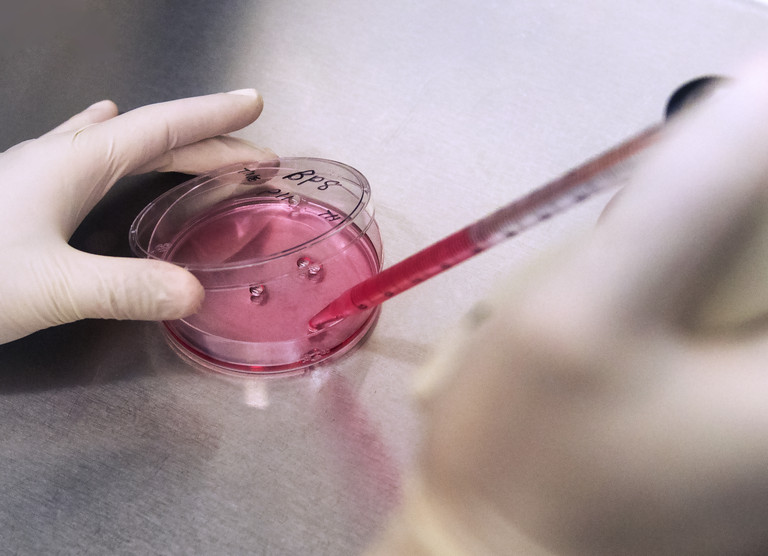Modern humans are the only primates that carry this genetic mutation that potentially increased tolerance to toxic materials produced by fires for cooking, protection and heating, said Gary Perdew, the John T. and Paige S. Smith Professor in Agricultural Sciences, Penn State. At high concentrations,
The mutation may have offered ancient humans a sweet spot in effectively processing some of these toxins — such as dioxins and polycyclic aromatic hydrocarbons — compared to other hominins.
«If you’re breathing in smoke, you want to metabolize these hydrophobic compounds and get rid of them, however, you don’t want to metabolize them so rapidly that it overloads your system and causes overt cellular toxicity," said Perdew.
The researchers, who released their findings in the current issue of Molecular Biology and Evolution, suggest that a difference in the aryl hydrocarbon receptor — which regulates the body’s response to polycyclic aromatic hydrocarbons — between humans, Neandertals and other

Ligands are small molecules that attach to receptor proteins in certain areas in much the same way that keys fit into locks.
«For Neandertals, inhaling smoke and eating
There is evidence that both humans and Neandertals used fire, according to George Perry, assistant professor of anthropology and biology, Penn State, who worked with Perdew.
«Our hominin ancestors — they would technically not be called humans at that time — were likely using fire at least a million years ago, and some infer an earlier control and use of fire approximately 2 million years ago," said Perry.
Fire would have played an important role for both humans and Neandertals.
«Cooking with fire could have allowed our ancestors to incorporate a broader range of foods in our diets, for example, by softening roots and tubers that might otherwise have been hard to chew," Perry said. «Cooking could also help increase the digestibility of other foods, both in chewing time and reduced energetic investment in digestion.»
Fire also provided warmth, particularly in the higher latitudes, according to Perry.
«Besides heating and cooking, humans used — and still use — fire for landscape burning and as part of hunting and gathering, and now as part of agriculture," said Perry.
The study may also lend support to a recent theory that the invention of cooking may have helped humans thrive, according to Perdew.
He also suggested that the receptor might give humans a better tolerance for cigarette smoke, allowing people to smoke, but also putting them at risk of cancer and other chronic diseases.
«Our tolerance has allowed us to pick up bad habits," Perdew said.
The researchers used computational and molecular techniques to examine the difference in the genetics of polycyclic aromatic hydrocarbon tolerance between humans and Neandertals. They examined a genomic database of humans, Neandertals and a Denisovan, a hominin more closely related to Neandertals than humans.
«We thought the differences in aryl hydrocarbon receptor ligand sensitivity would be about
In contrast, the sensitivity of the aryl hydrocarbon receptor for some endogenous — produced in the body — ligands is the same between human and Neandertal, which further illustrates that modern humans may have adapted to specific environmental toxin exposures through this critical mutation in the aryl hydrocarbon receptor.
Perdew and Perry also worked with Troy D. Hubbard, graduate student and Aswathy Sevastian, computational scientist, both in biochemistry and molecular biology; Iain A. Murray, research associate in veterinary and biomedical sciences; Alexis P. Sullivan, doctoral student in biology and Nina Jablonski, Evan Pugh University Professor of Anthropology, all of Penn State and William H. Bisson, assistant professor of agricultural sciences, Oregon State University.


